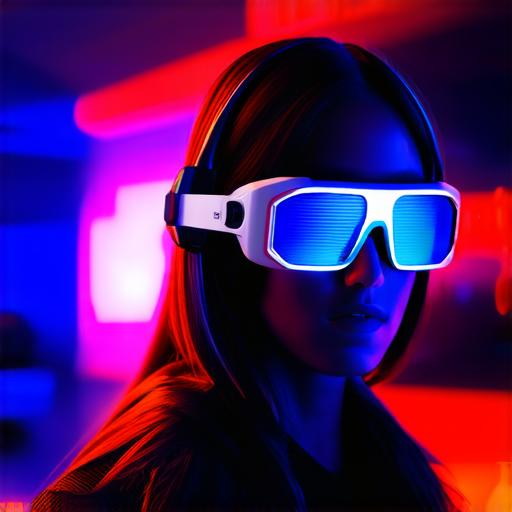As AR developers, it can be challenging to determine what sets mixed reality (MR) apart from augmented reality (AR). While both technologies allow for the integration of virtual elements into the real world, there are several key differences that you should be aware of. In this article, we will explore these differences and provide examples of how they affect the user experience.
What is augmented reality?
Augmented reality, also known as AR, is a technology that allows digital content to be superimposed onto the real world. This can be achieved through a variety of methods, including smartphones, tablets, and specialized AR glasses. The goal of AR is to enhance the user’s perception of the real world by providing additional context, information, or entertainment.
One example of AR in action is the popular Pokemon Go app. Users can use their smartphones to scan the real world and see digital creatures, known as Pokemon, superimposed onto the environment. This creates an immersive experience that blends the virtual world with the real world.
What is mixed reality?
Mixed reality, also known as MR, takes AR a step further by allowing for the integration of both virtual and physical elements into the same space. Unlike AR, which only overlays digital content onto the real world, MR allows users to interact with virtual objects in a way that feels natural and intuitive.
One example of MR is the HoloDeck, a virtual reality system developed by Facebook. The HoloDeck uses a combination of sensors, cameras, and haptic feedback devices to create an immersive environment that feels like a real-world space. Users can interact with virtual objects in this space, making it feel like they are truly inside a different world.
Another example of MR is the Microsoft HoloLens, which allows users to see digital content overlaid onto the real world, but also provides haptic feedback so that users can interact with virtual objects as if they were physical objects. This creates a more natural and engaging experience for users.
The main difference between AR and MR is the level of interaction between the user and the virtual world. In AR, users are typically passive observers, viewing digital content overlaid onto the real world. In contrast, MR allows for more active engagement with the virtual world, as users can interact with virtual objects in a way that feels natural and intuitive.
Another key difference is the level of immersion. While both AR and MR provide enhanced experiences, MR takes this to a new level by creating a completely immersive environment that blends the virtual world with the real world. This creates a more compelling and engaging experience for users.
To illustrate the differences between AR and MR, let’s look at some real-life examples.
One example of AR is the IKEA Place app, which allows users to see how furniture would look in their home before buying it. The app uses the camera on a user’s smartphone to superimpose 3D models of furniture onto the real world. This provides a useful tool for users looking to make informed purchasing decisions.
In contrast, the Microsoft HoloLens provides a more immersive experience by allowing users to see digital content overlaid onto the real world, but also providing haptic feedback so that users can interact with virtual objects as if they were physical objects. This creates a more natural and engaging experience for users.
Another example of MR is the Magic Leap One, which provides an even more immersive experience by allowing users to see digital content overlaid onto the real world, but also providing haptic feedback so that users can interact with virtual objects in a way that feels natural and intuitive.

